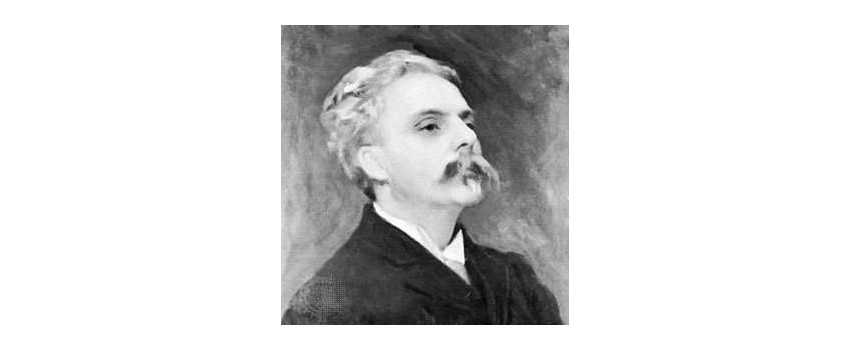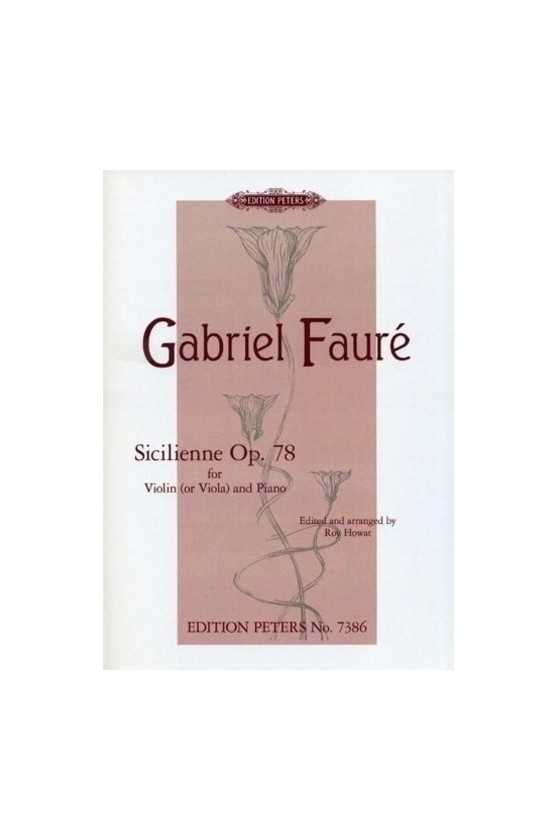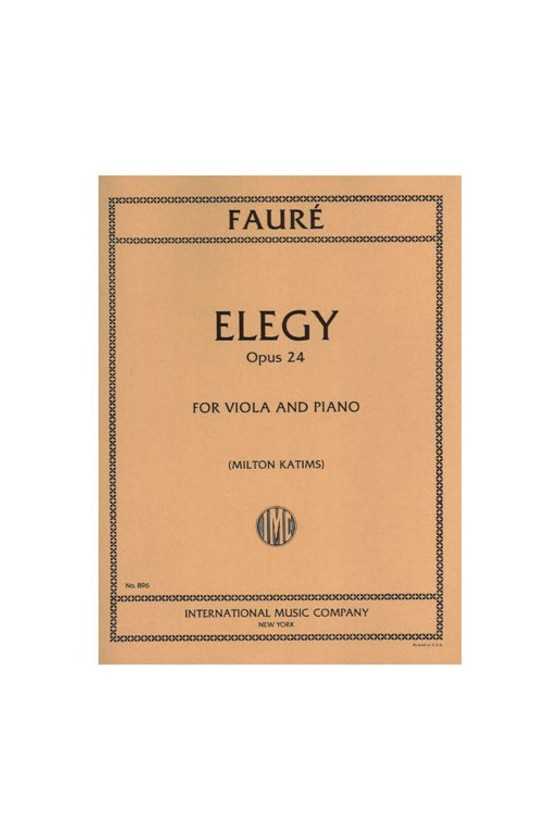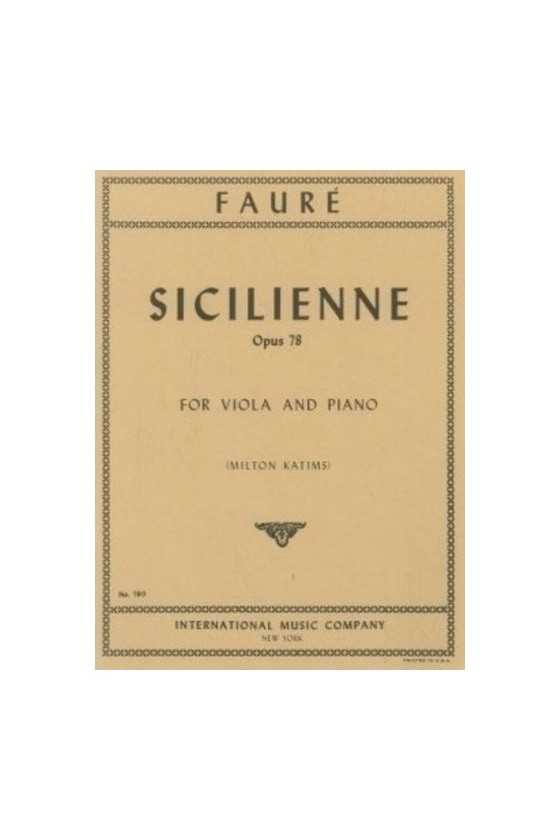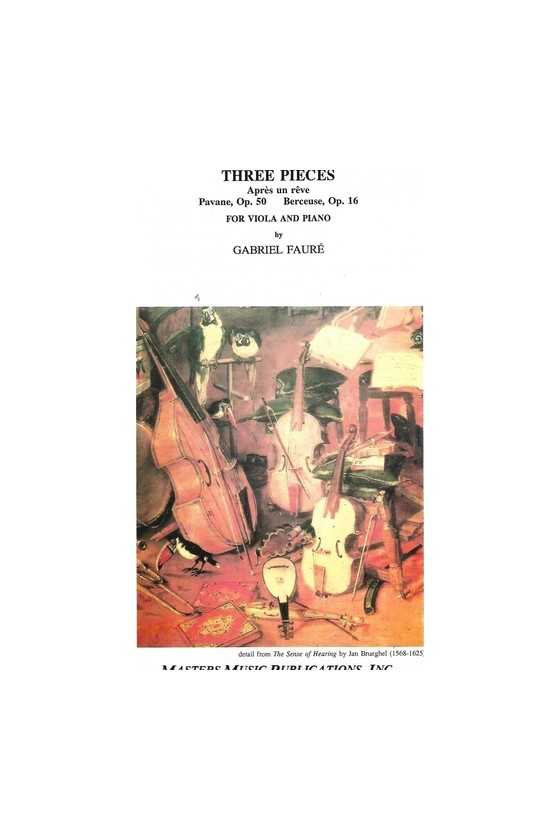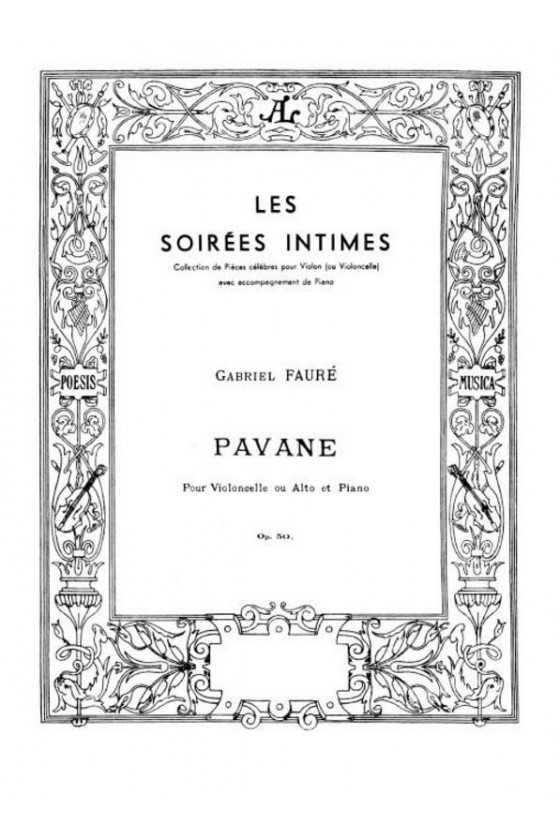Fauré, Gabriel
Gabriel Fauré (12 May 1845 – 4 November 1924) was a composer who shaped contemporary French music with his refined and gentle music. He was one of the most influential French composers of the 20th century, and his musical style had a profound effect on the development of contemporary music. Popular compositions by this French composer include his nocturnes for piano, "après un rêve," "Clair de lune," and the Requiem. However, even though his early works are more known and easier to understand, Fauré wrote many of his most admired pieces in a more harmonically and melodically complicated manner in his latter years.
Fauré's family was well-educated but not very musical. Nevertheless, he began to see his potential as a musician as a toddler. At age nine, he went to Paris to be schooled as an organist and choirmaster at Paris's famed Conservatoire Niedermeyer. Camilo Saint-Sans became a lifetime friend after becoming one of his professors at the conservatory. To make ends meet, Fauré worked as an organist and instructor after graduating from college in 1865. The composition was still lacking when he became a prominent composer in his middle age, holding key positions as organist of the Église de la Madeleine and director of the Paris Conservatoire. During his summer vacations, he would go to the countryside to compose. Fauré was considered France's finest living composer even in his later years. In Paris, in 1922, the president of the French Republic presided over an unparalleled national musical homage in his honor. However, except in the United Kingdom, where Fauré had many fans during his lifetime, it took decades for his music to be broadly acknowledged outside of France.
Fauré's music has been regarded as a bridge between the end of Romanticism and the beginning of twentieth-century modernism. He was born while Chopin was still writing, and he died just as jazz and the Second Viennese School's atonal music were becoming well-known. According to a reference in the Grove Dictionary of Music and Musicians, he was the most advanced composer in France at the time of his death. Because of his hearing loss, he was deafer in the final 20 years of his life. Compared to his previous work's warmth and spontaneity, his compositions from this period are more mysterious, distant, and passionate. According to Aaron Copland, while Fauré's works may be grouped into the conventional "early," "middle," and "late" eras, there is no such stark change between his first and final modes as is evident with many other composers. Premonitions of Fauré's later works were identified in Copland's first compositions. At the same time, he found echoes of the composer's early works in his later works: Berlioz and Chopin were still writing when Fauré was born, and the latter was one of Fauré's first inspirations. Late in life, Fauré created creative approaches that influenced Schoenberg's atonal music and relied on jazz idioms. In his early works, such as the Cantique de Jean Racine, Duchen says he follows the tradition of French Romanticism of the nineteenth century. Still, his later works are as contemporary as those of his students.
Among the composers who influenced Fauré's early work were not just Chopin but also Mozart and Schumann. According to the writers of The Record Guide, restrained and beautiful surface, tonal freedom and extended melody lines from Chopin, and "sudden felicities in which his development sections abound" from Schumann were the influences on Fauré (1955), Sackville-West, and Shawe-Taylor. Gustave Lefèvre, the successor of Gustave Niedermeyer at the École Niedermeyer, provided him with a thorough grasp of harmonic structures. In Traité harmonies (Paris, 1889), Lefèvre puts forth a harmonic theory that varies significantly from the classical theory of Rameau, which no longer outlaws certain chords as "dissonant" in his approach. Composer Fauré foreshadowed Impressionist composers by utilizing unresolved mild discords and coloristic effects.
He employed modest syncopations comparable to those found in Brahms's works but did not use them as often as Fauré's more avant-garde harmonic and melodic approach. Fauré's rhythmic motives, on the other hand, tend to be subtle and repeated with nothing to disrupt the flow of the line. As Copland put it, he was "Brahms of France." Unfortunately, to Sackville-West and Shawe-Taylor, Fauré's later works do not exhibit the easy charm of his earlier works: "the luscious romantic harmony which had always been firmly supported by a single tone later gave way to a severely monochrome style, full of enharmonic shifts, and creating an atmosphere of dread and dreadfulness."
